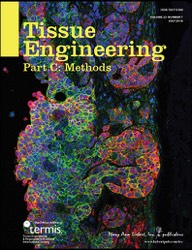Immunologic cellular characteristics of the tumour microenvironment of HCC

Anti-tumour immune competence has an impact in hepatocarcinogenesis and success of anti-cancer therapies. Tumour-infiltrating lymphocytes (TILs) and monocytes/macrophages (TAMs) are proposed to have significance in cancer. However, there is only limited data concerning their impact on patient outcome and survival in hepatocellular carcinoma (HCC).
Frequencies of CD68+, CD163+ M2-polarized TAMs and TILs were measured in de novo HCC tumours in non-cirrhosis (n = 58) using immunohistology and correlated to patients' clinicopathological characteristics and survival rates.
Patients with tumours marked by appearance of TILs and CD68+ TAMs showed an improved 1-, 3- and 5-year recurrence-free survival (all p ≤ 0.05). CD68+ TAMs were associated with reduced incidence of recurrent and multifocal disease. Conversely, CD163+ TAMs were associated with multifocal HCC and lymphangiosis carcinomatosa (all p ≤ 0.05).
TILs and CD68+ TAMs are associated with multiple tumour characteristics and patient survival in HCC. However, there is only scarce data about the biology underlying their mechanistic involvement in human tumour progression. Thus, experimental data on functional links might help develop novel immunologic checkpoint inhibitor targets for liver cancer.
Authors are G. Atanasov, K. Dino, K. Schierle, C. Dietel, G. Aust, J. Pratschke, D. Seehofer, M. Schmelzle, H.M. Hau.















